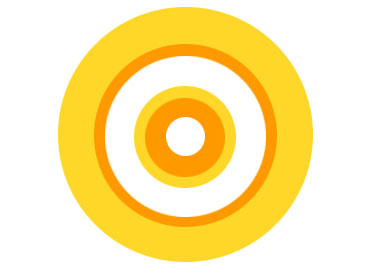|
|
 |
|
|
Education: starting early
|
|
BELIEF CIRCLES
Aim: to help students think about their own ideas and understand other viewpoints on sustainability issues
Age: 16–18
When: introduction to sustainability
Group size: small groups or a whole class
Supports: citizenship, design & technology, English
Additional resources: teachers’ resource – Belief circle statements
|

|
Opinions on sustainability
In advance:
 |
prepare a number of statements dealing with the sustainability issues you want students to consider |
 |
print them in bold, large print on cards so students can read them from a few feet away |
In the classroom:
 |
Give each student a card to write their name on, also bold and large. |
 |
Organise students on chairs in a circle. Include yourself in the circle, participating if you wish. |
 |
Explain that you are going to place a card on the floor in the centre of the circle on which is written a statement. Tell them that you will ask them to think about their opinion about the statement. You will then ask them to place their name card on the floor – close to the statement if their opinion is similar, or far away if they disagree. The limits are the front of their chairs and the border of the statement card. |
 |
Explain that they must wait to put down their name card until you say so, not when they've made up their mind. This avoids everyone following the leader in the group and should ensure everyone thinks about the issue. |
 |
Read out the first statement and put it in the centre. Read it again and allow about 30 seconds, then ask students to put their cards down. Include your own if you wish. |
 |
Ask one student to explain why they put their card where they did. It may help to choose an extreme view. Ask others to explain their positions and debate for as long as appropriate. |
 |
Do the same thing with further cards until you are happy that issues have been raised. If you wish, ask students to write down the values they have at the moment about the issues you have discussed. |
 |
Draw conclusions about how our values affect our choices as consumers. |
An alternative
An alternative way of running this exercise is to do it with Post-it notes and large sheets of paper. The results can then be pinned onto the classroom wall.
(Adapted from Sustainable Design Award Teachers Handbook. ITDG, 2003)
 Download Belief Circles PDF (100 kb) Download Belief Circles PDF (100 kb)
|
|
 |
BACK TO TOP
|
|
|
